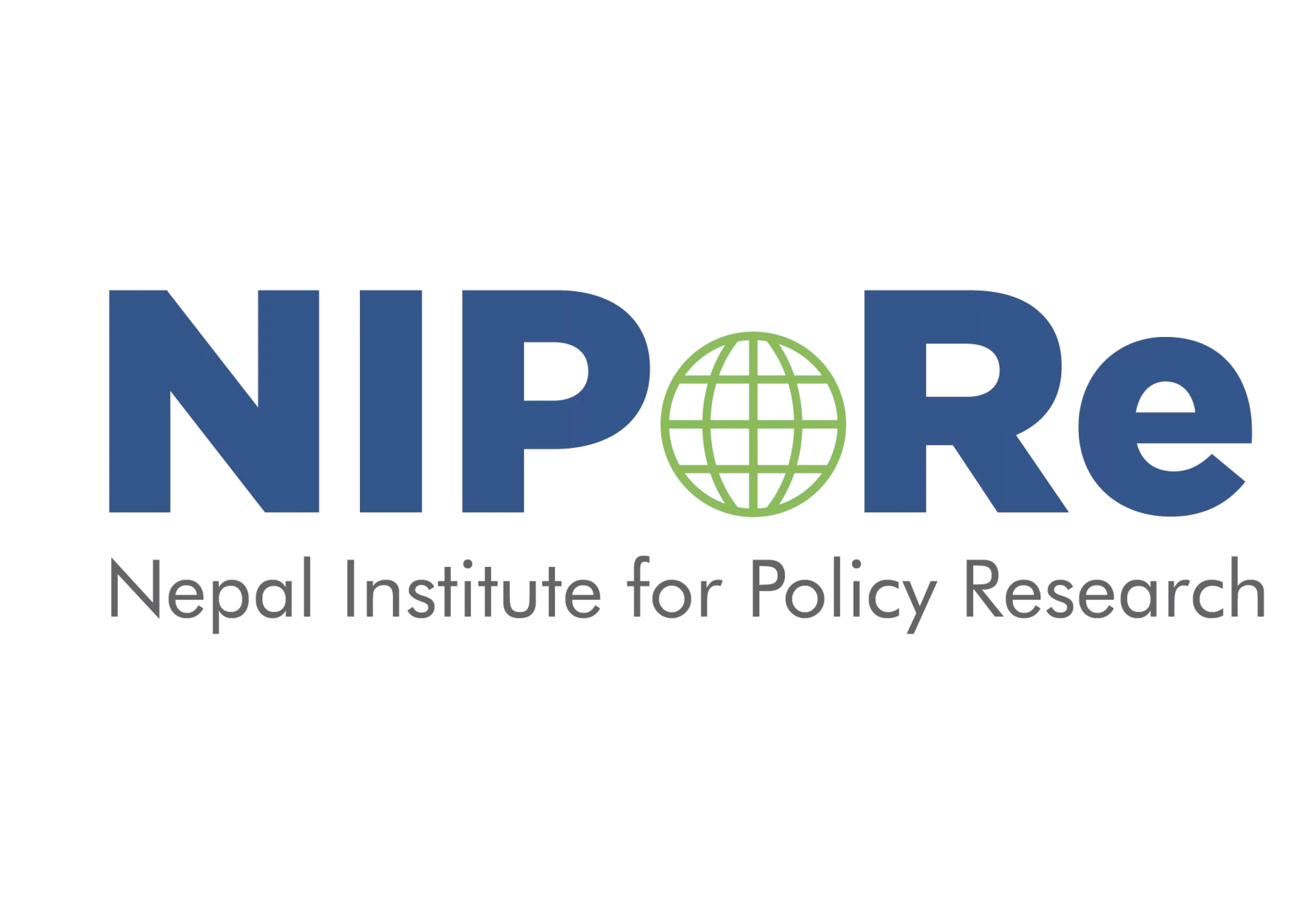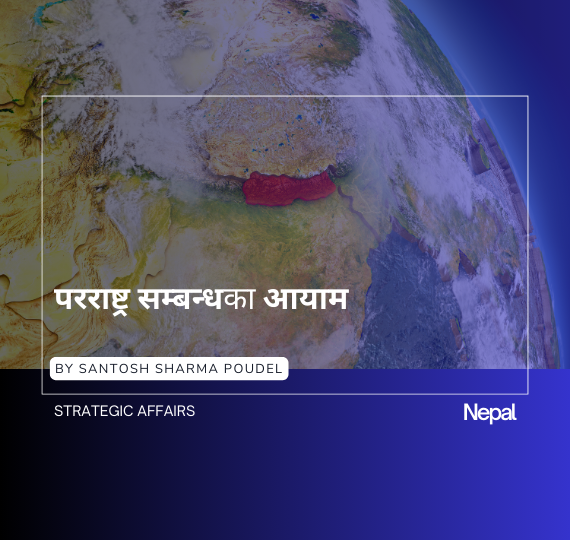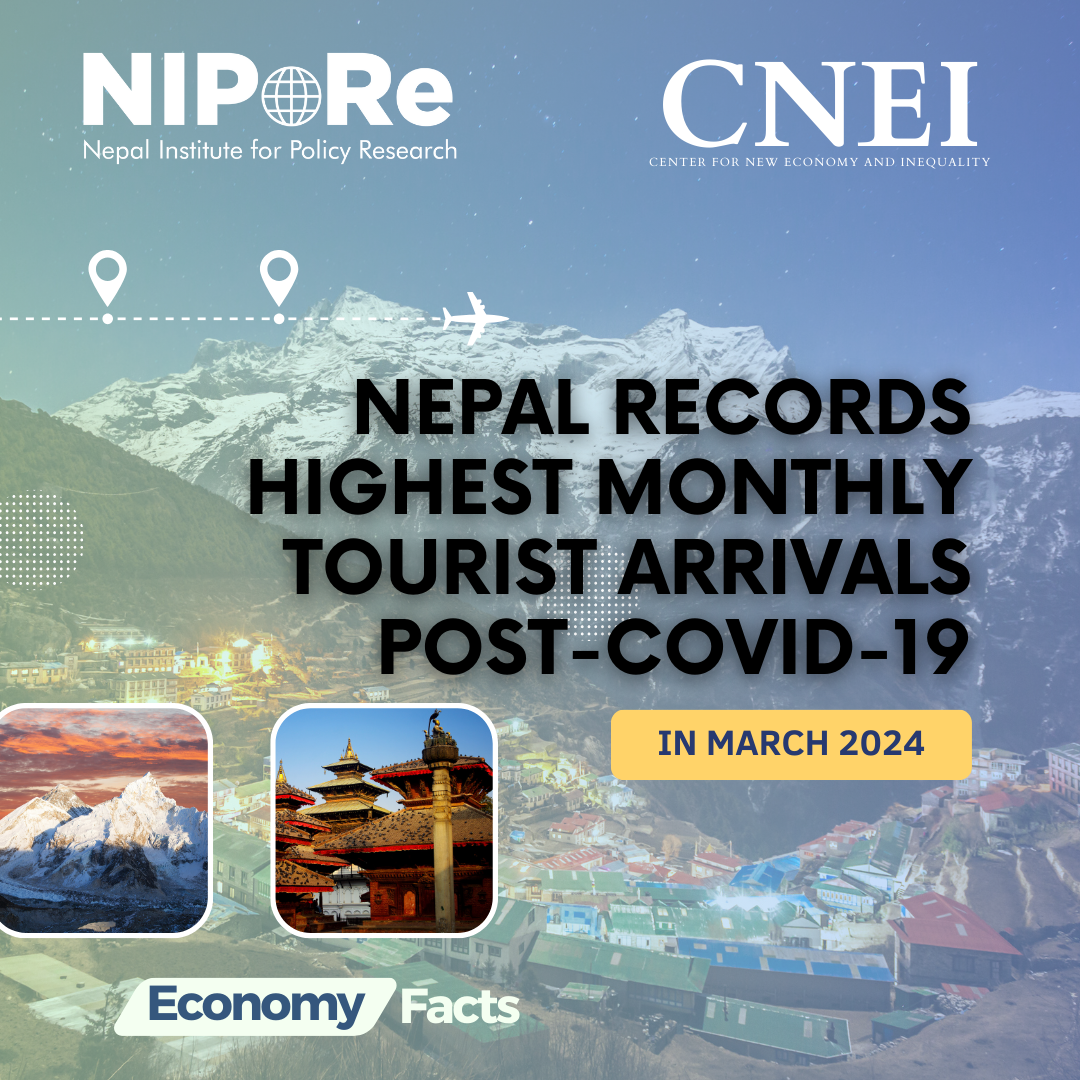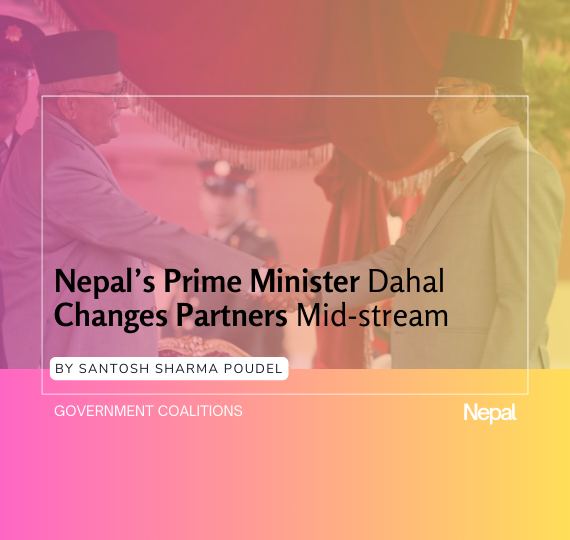Quad and Nepal: To Join Or Not?
Synopsis
Foreign Minister Pradeep Gyawali’s discussion of Nepal’s potential participation in US-led Quad has ignited a debate in Nepal. The US invited Nepal to play a ‘central role’ in the Quad. FM Gyawali has denied that Nepal gave a positive nod to the US offer, and that Nepal practices the principle of non-alignment. However, a debate has raged on regarding Nepal’s potential role in Quad and its impact on Nepal-China relations especially in the context of Nepal’s involvement in BRI.
What is Quad?
Quad is an informal dialogue forum involving India, Japan, the US, and Australia. It is a strategic partnership, and not an alliance, that involves the four major maritime democratic powers of the Indo-Pacific region. It’s aims to keep free, open and inclusive Indo-Pacific, and preserve and promote the rules-based order in the region. In a recent meeting between the senior officials of the Quad in Bangkok on 31st May 2019, discussions were also held on encouraging transparent, principle-based investment on quality infrastructure, a not-so-subtle reference to the processes of China-led AIIB.
The initial concept of the Quad was laid out in the exploratory meeting in Manila, in 2007, at the proposal of Japan’s Prime Minister Shinzo Abe, who advocated ‘value-based’ foreign policy. The discussions cooled off after 2008. With the increasing competition between China and the US and the launch of Belt and Road Initiative by China, the Quad has come to the fore again in connection to the US’s Indo-Pacific strategy.
Indian PM Modi, during the ShangriLa Dialogue, said that Indo-Pacific is a natural region. The selection of Mr. S. Jaishankar, who was involved in initial discussions and the current revival of the Quad, as the Foreign Minister of India has also helped the cause of the Quad.
The participating states claim that it is not targeted against any country. However, it should be noted that all four countries share major concerns regarding the rise of China and its role in the Indo-Pacific. A report by (the) Congressional Research Service also indicates that the Quad was a response to China’s increasing economic, military and diplomatic strength. A senior defense analyst analysis at RAND writes that the Quad can be an effective forum to push against Beijing’s excessiveness. Given the geo-strategic location of Nepal vis-à-vis China, it is not difficult to understand the American invitation. Japanese foreign minister Taro Kono also suggested that Nepal join the Quad during his visit to Nepal in January 2019.
Whether Quad is strategic or value-based, it is clear that it has an eye on the rise of China, and most Chinese see it as American attempt to contain Chinese activities in Indo-Pacific and provide an alternative to China’s Belt and Road Initiative.
Nepal’s foreign policy practice
The Article 51 (m) of the Nepalese constitution states that Nepal is to conduct independent foreign policy based on the Charter of the UN and non-alignment among others. This is to say that Nepal should not ally with one country against the other.
Since coming to power in 2018, Prime Minister KP Oli has shown great interest in Nepalese foreign policy. He has continued to promote strong links with China and visited several countries, trying to raise Nepalese profile. With the end of political instability and transition, Nepal has made some assertive moves in foreign policy.
In this context, the Foreign Minister Pradeep Gyawali visited the US and met with US Secretary of State Michael Pompeo at the latter’s invitation on 18th December 2018. This was the first meeting at the foreign ministerial level between the two countries in 16 years. During the meeting, Mr. Pompeo invited Nepal to join the Quad, and play a central role in a free, open and prosperous Indo-Pacific. They also discussed Nepal’s $500 million Millennium Challenge Corporation compact that Nepal signed in 2017. It aims at boosting Nepal’s investment in electricity and transportation infrastructure.
Nepali dilemma
Nepal is one of the least developed countries with a GDP per capita of about $1000. In 2018, Nepal ranked 109 out of 140 economies in the Global Competitiveness Index with a ranking of 117 in infrastructure. This gives a clear indication of the need to develop infrastructure in Nepal if Nepal is to make any significant and sustained economic development. In order to mitigate the infrastructure bottleneck, ESCAP estimates that Nepal needs to spend 8-12% of GDP in infrastructure. That amounts to $2-3 billion a year. With the internal revenue of roughly $10 billion and the current expenditure of more than $8 billion, Nepal has huge infrastructure investment gap. Nepal needs external resources to bridge that gap.
Yet, some analysts have raised concerns regarding Nepal’s participation in the Quad. Some have pointed at the strategic nature of the Quad and argued that Nepal should not and cannot participate in any ‘alliance’. Others have raised that Nepal’s participation in a rival grouping to Belt and Road Initiative (to which Nepal is a signatory) could raise concerns in China. It is understandable given the massive interest in China and Nepal to improve connectivity between the two. However, both of these are misguided concerns.
First, while Nepal has a lot to gain from BRI, the country should not put all (its) eggs in one basket. Instead, it is in Nepal’s interest to have a healthy competition among the major powers for their influence in Nepal/the country. This will increase Nepal’s leverage and leadership as well as keep the powers on their toes.
Second, Quad and other multilateral cooperation mechanisms are not exclusive. Nepal can draw lessons from India in this respect. Despite being a major part of Quad, India is also actively promoting cooperation with China and Russia at the same time. Hence, China promoted BRI and the US-promoted Quad need not necessarily be mutually exclusive. Rather, ‘connectivity’ is the common theme on both.
Third, it is judicious of the government to say that Nepal will not be a part of any strategic alliance, but the Quad is not an alliance. Hence, Nepal being an active member of the Non-Aligned Movement or the guiding principle of Nepalese foreign policy as mentioned in the constitution is not incompatible with potential Nepalese participation in the Quad.
Therefore, the debate should be whether Nepal should join the Quad based on the potential benefits and costs, not if Nepal can join the Quad.
Implications for Nepal
There was no mention of the topic of Quad at the Press Briefing note of the Nepali Foreign Minister on the USA visit. Given the concerns of critics, the hesitancy of MOFA to include the topic in the press release is understandable. However, this reflects the face of Nepalese foreign policy-making mechanism. First, this shows the lack of confidence among Nepalese decision-makers regarding how external stakeholders will react to Nepal’s potential participation on the Quad despite Nepal being a sovereign country.
Second, the plans to discuss or participate in the initiative (FM Gyawali insists that Nepal has not committed to participate yet) was not discussed enough with various domestic and international stakeholders. Some stakeholders such as China were not taken into confidence in advance.
Third, it shows that Nepalese foreign policy-making is still tactical than principled. If not, FM Gyawali would have confidently mentioned after the meeting with Mr. Pompeo that Nepal discussed the Quad based on Nepal’s strategic interest and open regionalism.
Way forward
The fact that Nepal has been invited to join the Quad is an indication of Nepal’s geostrategic location and hints at the increased global profile of Nepal. This represents a foreign policy success for Nepal, though a minor one. It’s too early to analyze the benefits and costs of joining the Quad, especially because the Quad itself is taking shape, but it’s a good sign for Nepal. It offers the potential for much-needed investment in infrastructure and diversifies the source of investment.
To avoid potential negative impacts, Nepal should take a principled stand and abide by the constitution and the policy of ‘amity with all, enmity with none’. We should make sure we are not pressed into taking ‘sides’. Nepal should also strengthen its institutional capacity so that the undue influence of external powers brought about by increased investment in infrastructure can be negated. Additionally, transparent and robust discussion nationally on any foreign policy issue would help raise awareness and bring all stakeholders on the same page. That way, next time the FM discusses some proposals from a foreign country, he will be less hesitant to discuss that in public.
References
- Bharadwaj, N. (nd). Nepal and Indo-Pacific Strategy. The Rising Nepal. Retrieved from http://therisingnepal.org.np/news/28342
- Chanlett-Avery, E. and Vaughn, B. (7th January 2008). Emerging Trends in the Security Architecture of the Asia. Congressional Research Service. Retrieved from https://fas.org/sgp/crs/row/RL34312.pdf
- Fouse, D. (21st March 2007). Japan’s ‘Values-Oriented Diplomacy’. The New York Times. Retrieved from https://www.nytimes.com/2007/03/21/opinion/21iht-edfouse.4978402.html
- Grossman, D. (19th October 2018). The Quad is not Enough. Foreign Policy. Retrieved from https://www.rand.org/blog/2018/10/the-quad-needs-broadening-to-balance-china-and-nows.html
- Jun, A. (15th November 2018). Quad offers no substitute for BRI in Indo-Pacific. The Global Times. Retrieved from http://www.globaltimes.cn/content/1127645.shtml
- Millennium Challenge Corporation (nd). Nepal Compact. Retrieved from https://www.mcc.gov/where-we-work/program/nepal-compact
- Ministry of External Affairs, India (1st June 2018). Prime Minister’s Keynote Address at Shangri La Dialogue. Retrieved from https://www.mea.gov.in/Speeches-Statements.htm?dtl/29943/Prime+Ministers+Keynote+Address+at+Shangri+La+Dialogue+June+01+2018
- Ministry of Finance, Nepal (2019). Estimated expense report (Byaya Anuman Bibaran) 2019-20. Retrieved from https://mof.gov.np/en/archive-documents/budget-details–red-book-28.html?lang=
- Ministry of Foreign Affairs, Nepal (23rd December 2018). Press Briefing Note on USA visit by Hon. Foreign Minister. Retrieved from https://mofa.gov.np/press-briefing-note-on-the-usa-visit-by-hon-foreign-minister/
- Roy, S. (5th June 2019). S Jaishankar keeps EU, UN under his charge, MoS gets West Asia. The Indian Express. Retrieved from https://indianexpress.com/article/india/s-jaishankar-keeps-eu-un-under-his-charge-mos-gets-west-asia-5765490/
- Schwab, K. (2018). Global Competitiveness Report 2018. World Economic Forum. Retrieved from http://www3.weforum.org/docs/GCR2018/05FullReport/TheGlobalCompetitivenessReport2018.pdf
- The Constitution of Nepal 2015. Retrieved from https://www.mohp.gov.np/downloads/Constitution%20of%20Nepal%202072_full_english.pdf
- United Nations ESCAP (nd). Nepal National Study: Infrastructure Financing Strategies for Sustainable Development. Retrieved from https://www.unescap.org/sites/default/files/2-Nepal%20National%20Study.pdf
- US Department of State (31st May 2019). US-Australia-India-Japan Consultations (“the Quad”). Retrieved from https://www.state.gov/u-s-australia-india-japan-consultations-the-quad/



